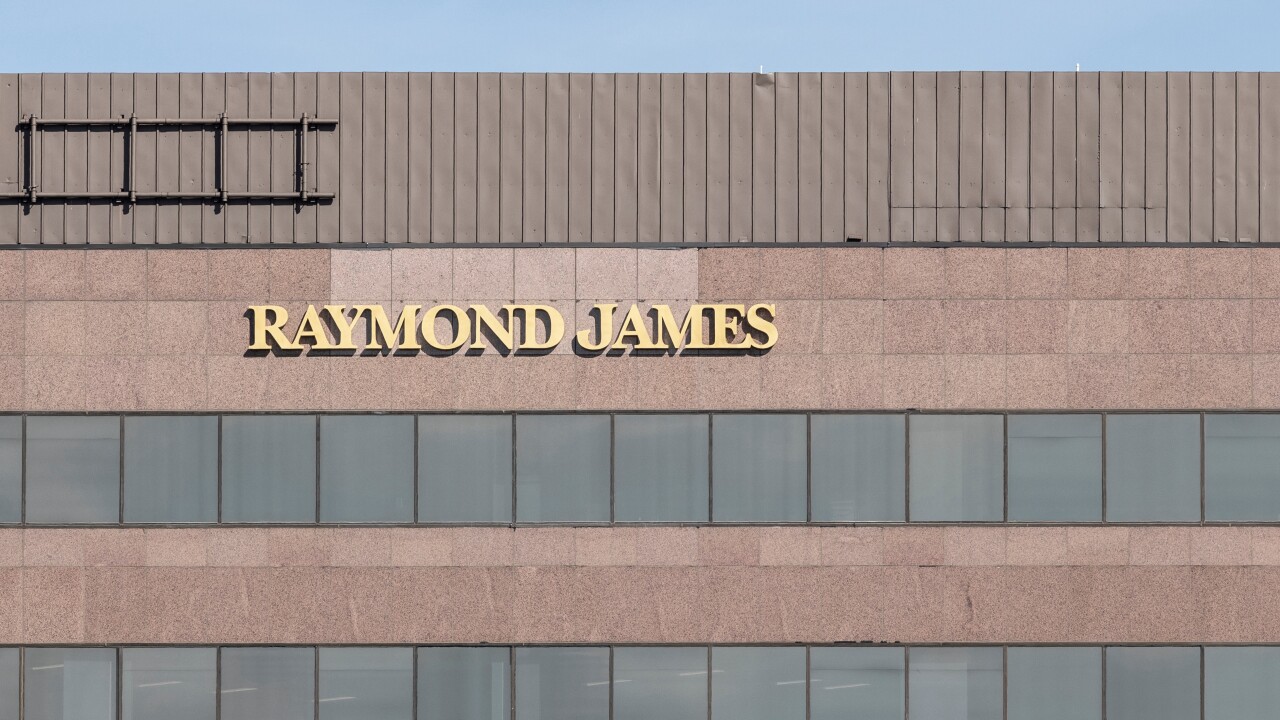There are over 1,500 products from ETF providers to choose from and yet existing ETF firms and traditional mutual fund managers keep rolling out new ones. Indeed, more than three dozen new ones were launched in the first quarter of 2014. With a few exceptions, the new entrants to the ETF party can be grouped into three buckets: active ETFs that look like mutual funds, but are cheaper; currency hedged ETFs; and siblings of successful ETFs. While equity mutual funds were more popular in the first quarter than their typically lower-cost ETF cousins, investors poured more money into fixed-income ETFs than they did mutual funds.
Active ETFs Have Arrived
Asset managers have long promised that active ETFs were coming. In January, PIMCO rolled out PIMCO Diversified Income ETF (DI) and PIMCO Low Duration ETF (LDUR) two years after the successful launch of PIMCO Total Return (BOND), which now has $3.4 billion in assets. Relative to BOND, LDUR has a lower yield, due to a focus on less interest-rate sensitive bonds. While LDUR's 0.55% expense ratio is high compared to passive bond ETFs, it is cheaper than the separately run PIMCO Low Duration Fund(PTLAX) that has an expense ratio of 0.80%, in line with its short-term investment-grade bond Lipper mutual fund peers.
iShares and State Street Expand Active Lineups
That said we believe traditional active manager PIMCO's ability to market such ETFs should be easier than iShares or State Street, which have a combined 60% of assets in U.S. listed exchange-traded products. The vast majority of these assets are in passive products that track well known benchmarks such as the S&P 500 and the MSCI EAFE Index. In January, State Street partnered with MFS to launch three active ETFs, including SPDR MFS Systemic Core Equity (SYE), which seeks to outperform the S&P 500 using both fundamental and quantitative research for its 45 holdings. The 0.60% expense ratio for SYE is significantly higher than the 0.09% for SPDR S&P 500 Index (SPY) and the average equity ETF, but is half the size of the average 1.2% expense ratio for the U.S. large-cap core Lipper mutual fund peer group. Meanwhile, iShares' active ETF launched in the first quarter were focused on international investments, including iShares Enhanced International Large Cap (IEIL). The stock selection for IEIL is based on quality, value and size.
Will Hedging Continue to Work?
iShares also hopes to piggyback on one of the biggest ETF trends of 2013, currency hedging. WisdomTree Japan Hedged Equity (DXJ) gathered the second-most ETF assets last year, $9.8 billion, as investors added Japanese equities back to their portfolios but aimed to protect against a weakening yen that ultimately declined 21% versus the U.S. dollar in 2013. DXJ's asset growth outpaced the more established iShares MSCI Japan ETF (EWJ). Not surprisingly, iShares launched iShares Currency Hedged MSCI Japan (HEWJ) and two others for developed markets in January 2014.
With the U.S. Federal Reserve as well as other central banks around the globe currently reviewing their monetary policies, currencies are likely to continue to fluctuate. We believe these new ETFs should be positioned to mitigate the related risk of a currency decline, though currencies can move higher compared to the dollar, as we saw with the yen in the first quarter of 2014.
Are Younger Siblings Worthy of Attention?
While iShares hopes to capture some of the investor interest WisdomTree sparked, we have also seen asset managers try to tap into the success of their own products. For example, PowerShares Buyback Achievers Portfolio (PKW) saw inflows of more than $1.9 billion in 2013. As a follow on in February 2014, PowerShares International Buyback Achievers Portfolio (IPKW) came to market. It can be marketed as a non-U.S. slant on a strategy that holds companies repurchasing significant amount of their shares. The exposure includes companies in Canada, Japan and the United Kingdom.
In a similar vein, State Street launched a less interest-rate sensitive version of the established SPDR Barclays TIPS ETF (IPE) in February. According to State Street, SPDR Barclays 0-5 Year TIPS (SIPE) has a modified adjusted duration of approximately two years, much lower than IPE's more than seven years and it also has a lower expense ratio. While interest rates have pulled back, recent commentary from the Federal Reserve suggests that they will move higher and SIPE should be positioned to help protect against such a risk. Unfortunately none of the ETFs mentioned above or others launched thus far in 2014 have gathered significant assets to date. At this point in 2012, then newly launched PIMCO Total Return ETF had over $230 million in assets, quadruple what the most successful ETF launch of 2014 has pulled in. Of course, past performance is not indicative of future results, something that the asset management industry well knows.
Todd Rosenbluth is director of ETF & mutual fund research of S& P Capital IQ.





